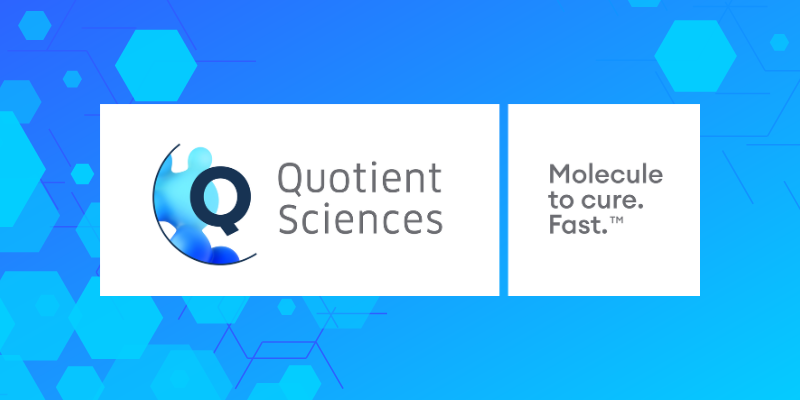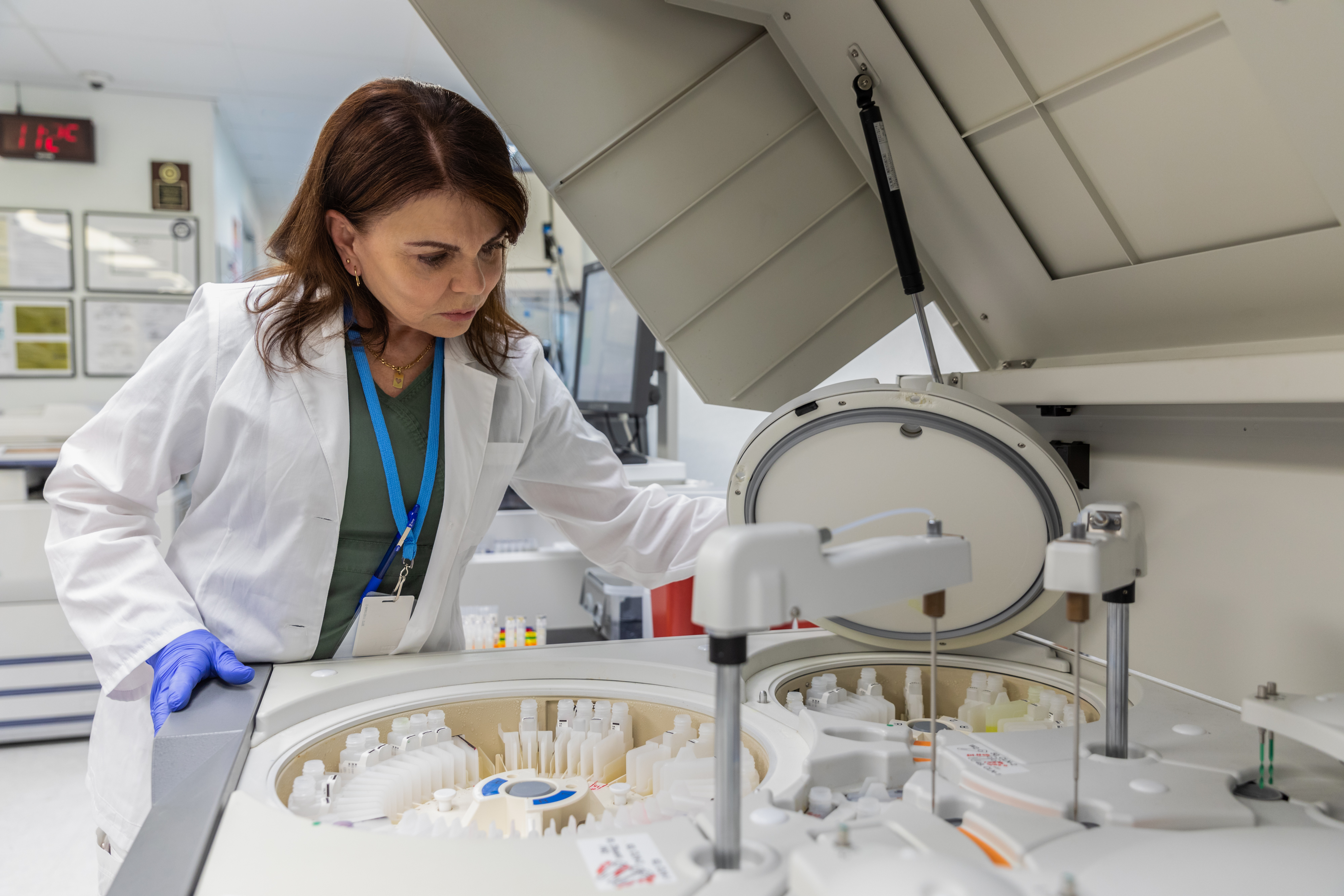NOTTINGHAM, UK, ENCINITAS, CA; September 10, 2024 – VS-041, a novel and potentially life-saving treatment for heart failure, developed by Vasa Therapeutics, a San Diego-based biotechnology company, has reached a major clinical milestone with the first human subjects dosed at Quotient Sciences’ Nottingham, UK clinic.
In this phase, Quotient Sciences’ Translational Pharmaceutics® platform was selected to accelerate the drug into first-in-human (FIH) trials. Quotient Sciences’ on-demand manufacture of an immediate release (IR) tablet allowed for dosing and generation of clinical data in a shortened time.
The clinical program and recruitment of healthy volunteers to take part in the Nottingham, UK-based Phase I trial was also performed by Quotient Sciences.
Heart failure and HFpEF: Addressing a global health challenge
VS-041 is in development as the first personalized medicine-based treatment of HFpEF.
Heart failure is a major global health malady affecting 64 million people worldwide, placing a huge economic and social burden on health systems costing an estimated $108 billion per annum.
Heart failure with preserved ejection fraction (HFpEF), or diastolic heart failure, is a life-threatening form of heart failure where the heart cannot properly fill with blood because the left ventricle has stiffened over time and cannot relax. It is estimated that more than half of heart failure patients develop HFpEF.
VS-041 has shown a robust reduction of cardiac fibrosis in preclinical HFpEF models by inhibiting the release of signalling collagen fragments, such as endotrophin (PRO-C6), that mediate fibroinflammatory responses and are biomarkers of worse outcomes in HFpEF patients. These data have been accepted for presentation at the American Heart Association’s 2024 Scientific Sessions conference in November.
Accelerating drug development with Translational Pharmaceutics®
Quotient Sciences’ Translational Pharmaceutics® platform optimizes the drug development process by integrating formulation development, on-demand drug product manufacturing, and healthy volunteer clinical testing within a single organization.
Using Translational Pharmaceutics®, Quotient Sciences has incorporated flexibility to manufacture tablets for the VS-041 program within a dosing bracket, with upper and lower dose extremes included within the regulatory submission. Doses can be selected based on emerging clinical data from each study period of the single ascending dose, allowing for greater speed while minimizing API usage.
Dr. Vanessa Zaan, Executive Drug Development Consultant at Quotient Sciences, said, “In drug development, particularly for small and emerging biotech companies, we know that speed matters. We are working with Vasa Therapeutics to obtain first-in-human data as soon as possible, but never at the expense of poor-quality science.”
Dr. Artur Plonowski, CEO and Co-Founder of Vasa Therapeutics added, “We are extremely satisfied to use Quotient Sciences’ Translational Pharmaceutics® platform that seamlessly integrates custom manufacturing, regulatory, and clinical functions, allowing us to carry out our FIH study of VS-041 in a time- and resource-efficient manner. We are very enthusiastic about the promise of VS-041 as the first personalized medicine-based treatment for HFpEF and are working diligently with Quotient Sciences to rapidly bring this option to HFpEF patients.”
Now entering its 17th year, Translational Pharmaceutics® has accelerated more than 500 molecules through key development milestones for global pharma and biotech companies manufacturing small molecule therapeutics.
About Quotient Sciences
Quotient Sciences is a drug development and manufacturing accelerator providing integrated programs and tailored services across the entire development pathway. Cutting through silos across a range of drug development capabilities, we save precious time and money in getting drugs to patients. Everything we do for our customers is driven by an unswerving belief that ideas need to become solutions, and molecules need to become cures, fast, because humanity needs novel therapeutic solutions, fast. Quotient Sciences has been recognized as a multi-year winner of the CRO Leadership Awards in 2021, 2022, and 2024 and of the CDMO Leadership Awards in 2023. For more information, visit quotientsciences.com.
Quotient Sciences media contact:
Rachael Heath
[email protected]
About Vasa Therapeutics
Vasa is a privately held biopharmaceutical company developing therapeutics that target the pathophysiology of cardiovascular aging. In addition to VS-041, Vasa programs include a portfolio of long-acting apelin peptide analogues for treatment of obesity patients at risk for skeletal muscle loss or cardiovascular disease. The company is also developing a best-in-class inhibitor of CamKIId for heart failure and life-threatening arrhythmias. For more information, visit www.vasatherapeutics.com.
Vasa Therapeutics media contact:
[email protected]
References
- Savarese G, Becher PM, Lund LH, Seferovic P, Rosano GMC, Coats AJS. Global burden of heart
failure: a comprehensive and updated review of epidemiology. Cardiovasc Res. 2023 Jan
18;118(17):3272-3287. doi: 10.1093/cvr/cvac013. Erratum in: Cardiovasc Res. 2023 Jun
13;119(6):1453. PMID: 35150240. - Cook C, Cole G, Asaria P, Jabbour R, Francis DP. The annual global economic burden of heart
failure. Int J Cardiol. 2014 Feb 15;171(3):368-76. doi: 10.1016/j.ijcard.2013.12.028. Epub
2013 Dec 22. PMID: 24398230.
SOURCE: Quotient Sciences Global News









